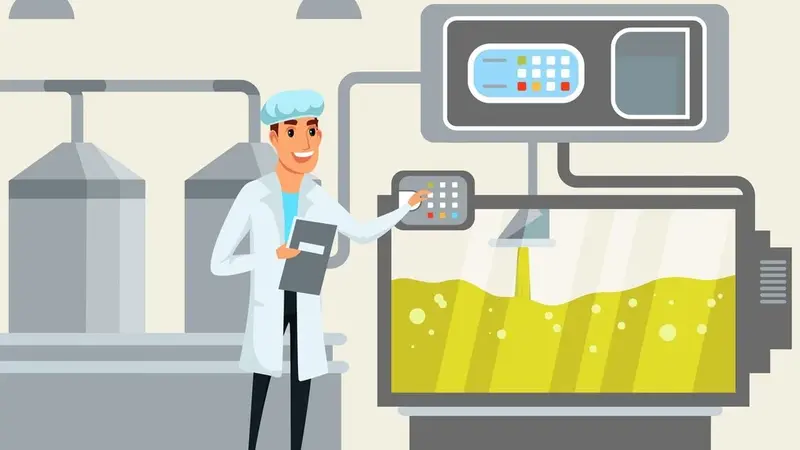In today’s fast-paced world, the food and beverage industry faces increasing pressure to meet growing consumer demand while maintaining high quality and safety standards. One of the key challenges for manufacturers in this sector is achieving efficiency throughout the production process.
From sourcing ingredients to packaging the final product, every step must be optimized to minimize waste, reduce costs, and maximize output. In this blog post, we’ll explore some effective strategies for streamlining food and beverage production to improve efficiency.
1. Lean Manufacturing Principles
Lean manufacturing principles have become increasingly popular in the food and beverage industry to eliminate waste and improve overall efficiency. This approach emphasizes identifying and eliminating non-value-added activities, such as unnecessary movement, overproduction, and excess inventory.
By implementing lean practices, manufacturers can streamline production processes, reduce lead times, and enhance product quality.
2. Automation and Technology
Advances in automation and technology have revolutionized the way food and beverage production facilities operate. Automated systems can perform repetitive tasks faster and more precisely than human workers, leading to increased productivity and efficiency.
Technology plays a critical role in streamlining production processes and reducing labor costs, from automated packaging lines to robotic systems for ingredient handling.
3. Supply Chain Optimization
Efficient supply chain management ensures that raw materials are sourced and delivered promptly. By establishing solid relationships with suppliers and implementing effective inventory management systems, manufacturers can minimize the risk of stockouts and reduce lead times.
Additionally, leveraging data analytics and predictive modeling can help forecast demand more accurately, allowing companies to adjust production schedules accordingly and avoid excess inventory buildup.
4. Continuous Improvement
Continuous improvement is a fundamental principle of efficient production management. By regularly evaluating and refining existing processes, manufacturers can identify areas for optimization and implement targeted solutions to drive efficiency gains.
This may involve conducting regular performance reviews, soliciting employee feedback, and investing in employee training and development programs to foster a culture of innovation and continuous learning.
5. Quality Control Measures
Ensuring customer satisfaction and fostering brand loyalty hinges upon upholding rigorous quality standards. Integrating thorough quality control protocols across the production pipeline is crucial for promptly identifying and resolving potential issues before they burgeon into significant challenges.
This entails conducting routine inspections, establishing standardized operating procedures, and embracing quality assurance technologies like automated inspection systems and sensory analysis tools.
Additionally, deploying advanced technologies such as radar-level transmitters can further enhance precision and reliability in monitoring and managing inventory levels, contributing to the overall efficiency and quality of the production process.
6. Energy Efficiency
Energy costs represent a significant expense for food and beverage manufacturers, making energy efficiency a key focus area for optimization. By investing in energy-efficient equipment and implementing sustainable practices such as recycling and waste reduction, companies can reduce their environmental footprint while also lowering operating costs.
Additionally, renewable energy sources such as solar and wind power offer opportunities for further cost savings and environmental stewardship.
7. Cross-Functional Collaboration
Effective communication and collaboration between different departments are essential for achieving food and beverage production efficiency. By breaking down silos and fostering cross-functional teamwork, companies can streamline workflows, reduce bottlenecks, and improve overall productivity.
This may involve establishing regular communication channels, conducting interdisciplinary training sessions, and incentivizing collaboration through performance metrics and rewards.
Conclusion
Streamlining food and beverage production requires a multifaceted approach encompassing lean manufacturing principles, technology adoption, supply chain optimization, continuous improvement, quality control measures, energy efficiency, and cross-functional collaboration.
By effectively implementing these strategies, manufacturers can enhance efficiency, reduce costs, and maintain a competitive edge in today’s dynamic marketplace. Ultimately, the goal is to deliver high-quality products to consumers on time while minimizing waste and maximizing value at every stage of the production process.
For more information related to “Strategies for Streamlining Food Production” feel free to contact us
